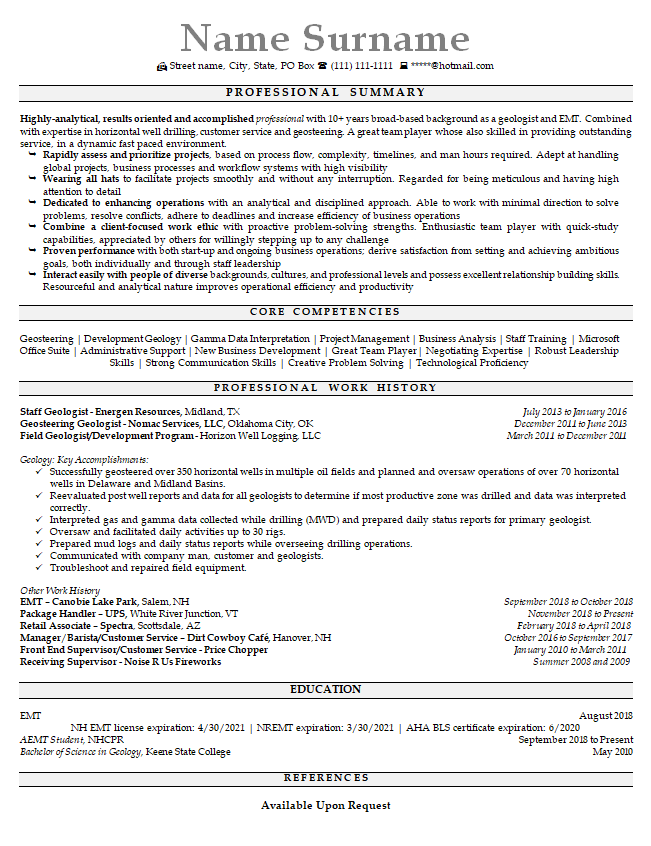However, the first records of geology did not appear until the writings of Pythagoras in 570 BC. This time is considered to be the starting point for the profession of a geologist. But only from 1657 long scientific expeditions to search for minerals began. Enough time has passed since the opening of this profession, and a lot of materials for study have accumulated. Nowadays, the profession of a geologist is in great demand:
- Expeditions are being conducted.
- Institutes are opening.
- Research is being conducted to determine where else such natural resources so necessary for man are hidden under the earth.
Specializations
There are several areas in geology that geologists can specialize in.
An oil geologist is studying oil and gas deposits. He conducts exploration of the area, prepares equipment for test drilling, conducts laboratory research, and evaluates the work results. If the field is not found, a new point for analysis is determined. Nowadays, this specialty is in great demand.
A geological engineer is a specialist who conducts engineering and geological surveys in construction. He is also engaged in selecting and testing soil during the construction of buildings and examines structures for cracks, distortions, and ruptures of the seismic belt. Now, this specialty is very relevant since all over the world, the construction of apartment buildings, industrial buildings, and infrastructure facilities is ongoing.
A geological technician is engaged in studying the movement of the earth’s crust and the study of the earth’s interior. He analyzes the terrain, checks whether there may be mineral deposits in this area, makes measurements, studies and observes prototypes of soil and minerals, and describes these samples.




















